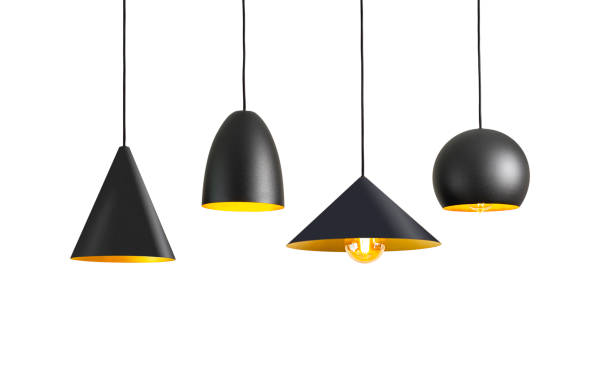Illuminating Spaces: The Modern Fascination with Pendant Lights
Pendant lights, with their unique blend of functionality and aesthetics, have emerged as a popular choice for home decorators seeking to illuminate their spaces without sacrificing style. They offer an innovative approach to lighting that redefines traditional norms and perpetuates the spirit of modernity in home decor. This article delves into the rise of pendant lights, their practicality, market trends, and the fresh perspective they bring to daily life.

A Glimpse into the Past: How Pendant Lights Evolved
Historically, pendant lights were used mainly in public spaces such as churches, monasteries, and libraries, where they provided a concentrated source of light. As their designs became more refined, they began to gain popularity in private homes. In the early 20th century, Art Nouveau and Art Deco movements further propelled their popularity due to their focus on form and aesthetic appeal. By the mid-century, pendant lights had become a staple in modern homes, setting the stage for the diverse range of styles we see today.
The Modern Appeal of Pendant Lights: Design Trends and Expert Insights
In the present times, pendant lights are much more than mere sources of illumination. They are statement pieces, capable of defining a room’s character and setting its mood. From minimalistic and industrial styles to extravagant and artistic designs, the variety is immense and caters to all tastes.
The market trends indicate a growing preference for pendant lights that blend functionality with artistic expression. Designers are increasingly incorporating materials such as glass, metal, and wood to create pieces that are both beautiful and practical. The focus is on creating lights that not only serve their fundamental purpose but also enhance the overall ambiance of a space.
Pendant Lights Practicality: How They Enhance Daily Living
Pendant lights offer a high degree of flexibility and versatility. They can be hung at varying heights, allowing homeowners to control the intensity and direction of light. This adaptability makes them suitable for various purposes, from task lighting in kitchens and dining areas to ambient lighting in living rooms and bedrooms.
Furthermore, they are an excellent way to create visual interest and break the monotony of a room. By choosing pendant lights of different shapes, sizes, and colors, you can add layers to your decor and create a unique style statement.
The Science Behind Pendant Lights: Backed by Research
Several studies have highlighted the impact of lighting on mood, productivity, and overall well-being. Pendant lights, with their ability to provide directed, task-oriented lighting, can play a significant role in enhancing these aspects. Moreover, their aesthetic appeal contributes to creating a pleasing environment, further adding to their benefits.
Striking the Balance: Making Pendant Lights Accessible
Despite their many advantages, pendant lights are often perceived as luxury items out of reach for the average homeowner. However, with the growing market and the advent of affordable design alternatives, pendant lights have become more accessible. Today, one can find a wide range of options catering to various budgets, making it possible for everyone to incorporate this trend into their homes.
Pendant lights are a shining example of how home decor can be both functional and stylish. Their rise in popularity is a testament to their versatility and the fresh perspective they bring to daily living. Whether you prefer a traditional design or a modern masterpiece, pendant lights can illuminate your spaces with elegance and flair.




